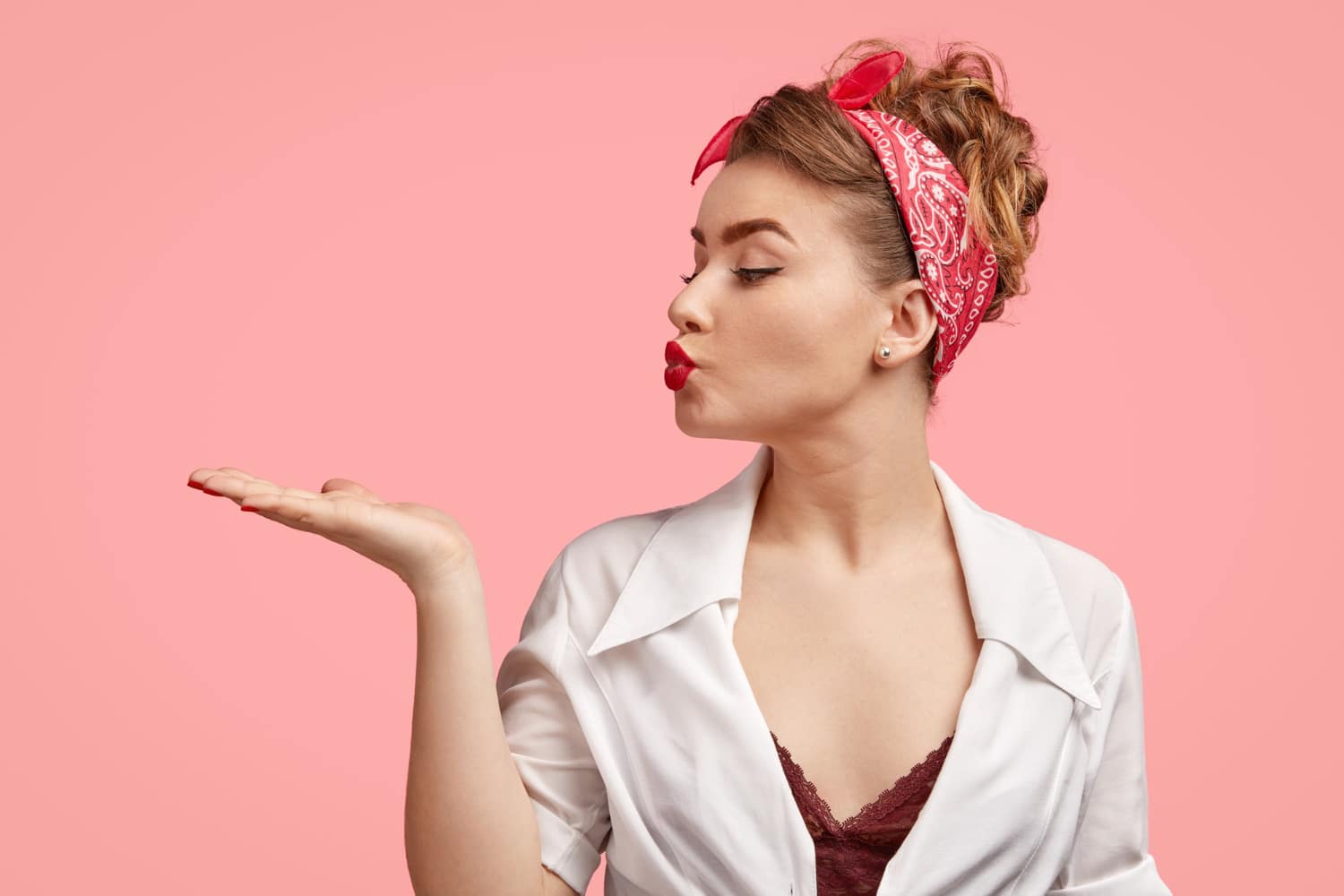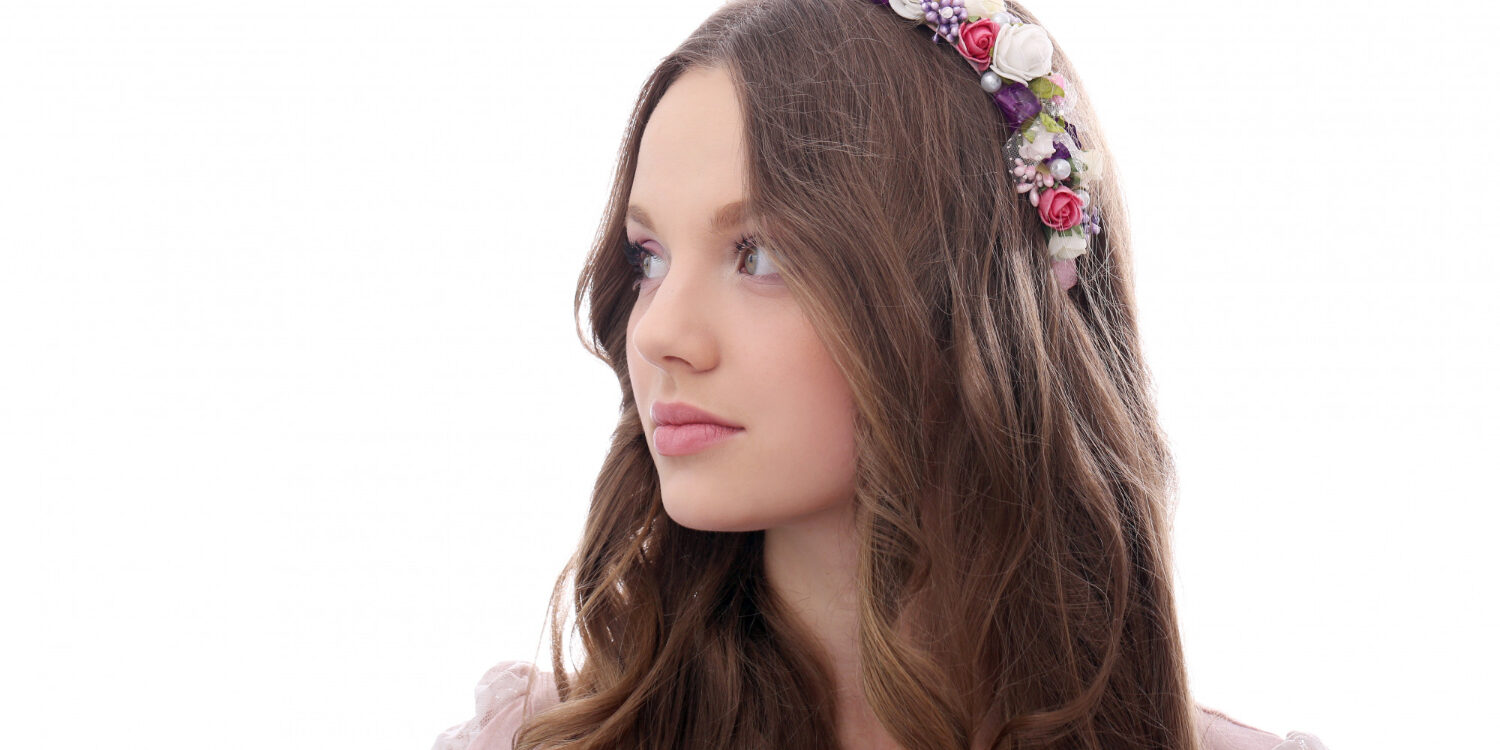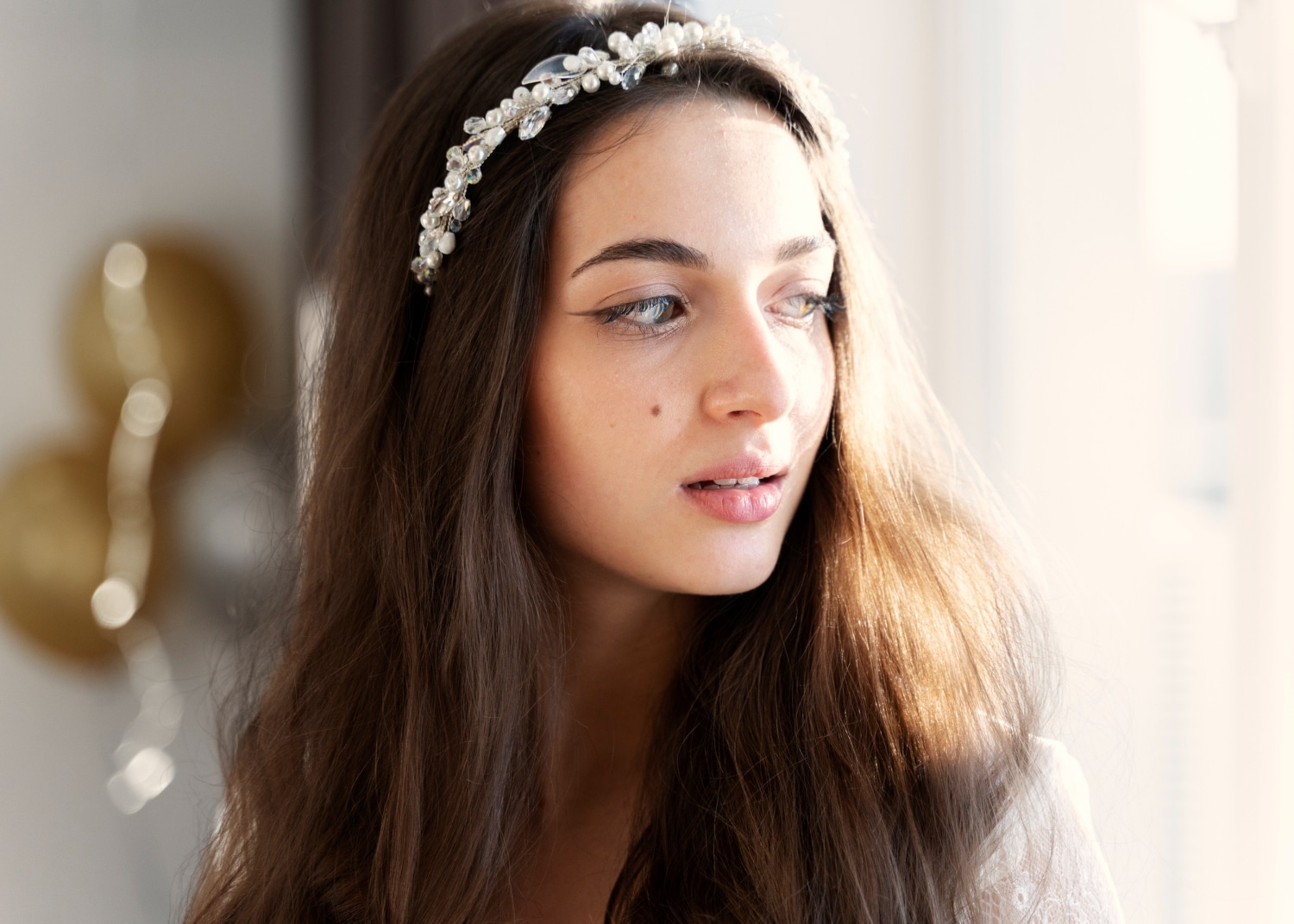What? Is there any difference between a headband and a hairband at all? We bet you are as shocked as us. But yes! they are different. Fashion enthusiasts often find themselves navigating the world of accessories, and two items that are commonly confused are headbands and hairbands.
While these terms are sometimes used interchangeably, they refer to distinct accessories with unique characteristics. Let’s dig deeper to know the differences between headbands and hairbands.
Starting From The Start
Talking about headbands vs hairbands, headbands have a rich history, dating back to ancient civilizations where they were worn for both practical and symbolic purposes. In various cultures, headbands have been used to denote social status, religious affiliations, or as ceremonial attire.
Hairbands, on the other hand, were designed to serve the practical purpose of keeping hair in place. Over time, hairbands have evolved to incorporate fashion elements, but their primary function remains rooted in practicality.
Today contemporary headbands often feature modern materials such as acrylic, leather, or sustainable fabrics. They are a blend of tradition and innovation. High-end designers frequently use headbands into their couture collections, elevating them to the realm of luxury fashion.
Whereas, hairbands are more of a sporty fashion, balancing between practicality and style. Hairbands also lend themselves well to DIY customization, with individuals embellishing plain bands to create unique, personalized accessories.
Difference Between A Headband And A Hairband
 Let’s see in detail from their manufacturing to purpose, how headbands and hairbands are different.
Let’s see in detail from their manufacturing to purpose, how headbands and hairbands are different.
-
Design And Material
Headbands are typically wider and more substantial, providing a statement piece that spans across the top of the head. They come in various materials, ranging from fabric and plastic to metal or embellished options. Headbands often feature embellishments like bows, jewels, or intricate patterns, adding an extra layer of style.
On the other hand, hairbands are generally slimmer in width and designed to keep hair in place without drawing too much attention. Also, hairbands can be crafted from a diverse range of materials, including plastic, fabric, or even elastic for a snug fit. They usually maintain a more minimalist design, focusing on functionality rather than ornate details.
-
Purpose and Functionality
Headbands have ability to make a bold fashion statement, serving as a prominent accessory in various hairstyles. You can commonly wear them at formal events, weddings, or for a more polished look.
Whereas, hairbands serves the purpose of keeping hair out of the face without overshadowing the overall hairstyle. Hairbands are ideal for everyday use, providing a simple solution for keeping hair neat during daily activities.
-
Styling Difference
Headbands are more versatile and can be positioned in various ways on the head, allowing for creativity in styling. You can use them to create specific hairstyles, such as updos or loose waves. Headbands have become a popular choice for brides seeking a modern yet timeless accessory to complement their wedding attire. Designers are exploring ways to fuse traditional elements with contemporary designs.
On the other hand, hairbands are typically integrated more subtly into hairstyles, blending seamlessly to maintain a natural look. Due to their understated design, hairbands are well-suited for casual and sporty looks. Hairbands, especially those with floral or bohemian designs, bridge the gap between traditional and contemporary styles, offering a versatile accessory for various fashion preferences. Vintage-inspired hairbands draw inspiration from classic styles, providing a nostalgic touch to modern fashion.
-
Role In seasonal Fashion
Headbands, especially those made from warmer materials like wool or velvet, are popular during colder seasons, providing both style and warmth. Elaborate headbands often become sought-after accessories during wedding seasons, adding a touch of glamour to bridal ensembles.
Whereas, lighter, breathable materials make hairbands a go-to accessory during warmer months, keeping hair off the neck in a stylish yet practical manner. You can use elastic hairbands for outdoor and athletic activities during the summer, emphasizing a sporty aesthetic.
-
Hair Length Considerations
Headbands are suitable for various hair lengths, but they are particularly good for those with longer locks, as they can effectively keep voluminous hair in place.
On the other hand, hairbands are versatile for individuals with short or medium-length hair. They offer a practical solution for keeping strands away from the face without overwhelming the hairstyle.
-
Customization
Some brands offer customizable headbands, allowing customers to choose specific embellishments, colours, or materials to match their style. Monogrammed headbands have gained popularity, offering a personalized touch and becoming a fashion statement for those seeking unique accessories.
Whereas, hairbands are good for DIY customization projects, where individuals can add beads, embroidery, or other embellishments to create a one-of-a-kind accessory. With their simplicity, hairbands provide a canvas for personal expression, making them an ideal choice for those who prefer adaptable and customizable fashion.
-
Difference Between Seasonal Color Palettes
Headbands often follow seasonal colour trends, with deep, rich tones like burgundy, forest green, and navy being popular choices during the fall and winter months. In contrast, spring and summer may see an influx of headbands in pastel shades, floral prints, and light, airy materials.
Whereas, hairbands tend to feature a versatile colour palette that spans across seasons, making them a reliable accessory choice regardless of the time of year. During warmer months, brighter and more vibrant colours often dominate the hairband scene, reflecting the lively spirit of the season.
-
Difference Between A Headband And A Hairband In Male Fashion
In recent years, headbands have gained popularity in men’s fashion, contributing to an evolving definition of masculinity in style. Men often opt for sporty headbands during workouts or outdoor activities, emphasizing functionality alongside a modern aesthetic.
Whereas, Hairbands for men tend to lean towards a more understated design, providing a subtle touch to hairstyles without drawing excessive attention.
In short, headbands and hairbands may be confused for same thing but they are entirely different in terms of design, material, purpose and functionality. While buying, keep in mind difference between a headband and a hairband.










